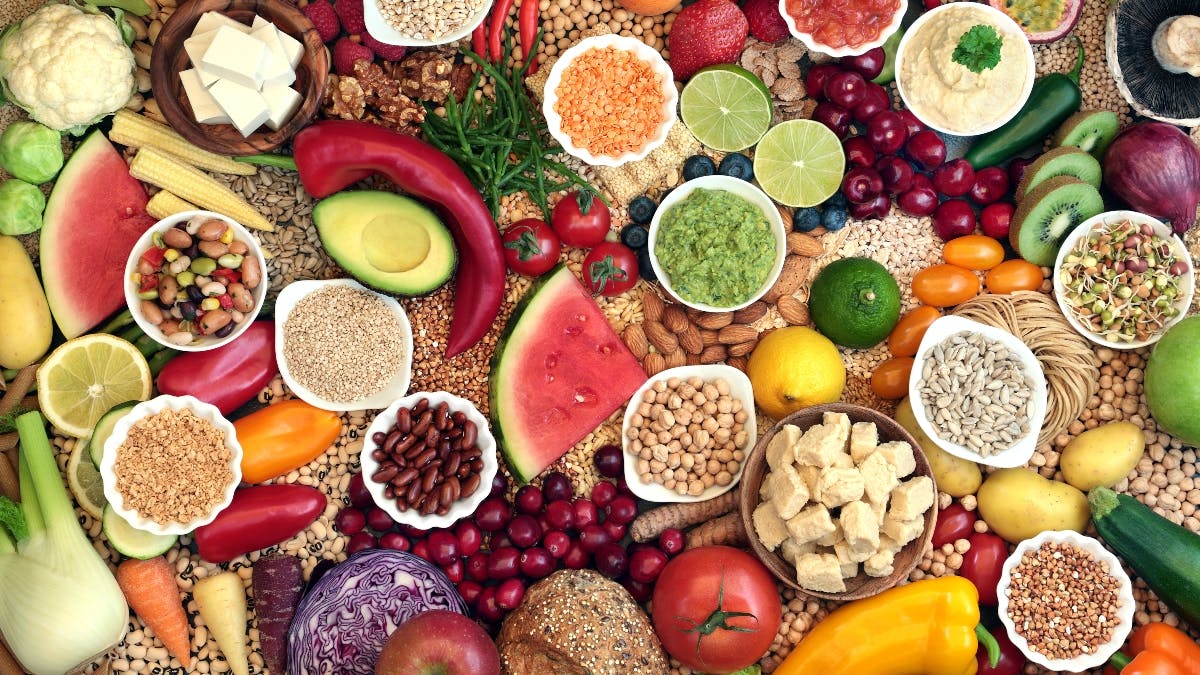Get free snack samples for your office of 10+ people

Get free snack samples for your office of 10+ people
Remember the 90s? When the topic of improving overall health began to take hold. Gyms became more popular, dieting more prevalent, and a focus on nutrients emerged. This was a big step for getting people into the gym and to think about diet. But it also led to some confusion.
In the case of diet, the health trends went one of two ways. Unfortunately, neither was actually healthy.
The first trend was to focus on nutrients themselves. Two top contenders leapt to the forefront—protein and fat. The prevailing wisdom was to increase the first and limit the second. Companies like Snackwell and Yoplait made fat free cookies or low fat yogurt tackled the war on fat, and the Power Bars, U-TURNs and Lean Bodys of the world cranked up the protein .
But there was a problem with both approaches. For the low-fat options, they tasted pretty good but were high in things like sugars and syrups. And the high-protein options, especially if they lacked added sweeteners, tasted...really bad. Like eating a piece of processed taffy with minimal taste, or chocolate-flavored chalk.
This fed the second trend, what we'll call, the "Clif bar Movement." This saw the better-for-you, higher-quality products combining some of the nutrient advantages but fewer of the downsides, such as horrible taste or added fillers. To compete with this, the protein-focused products started to focus on taste, evident in examples like Muscle Milk, Questbar and, finally, RX Bar.
The Clif bar Movement led to what we now think of in the world of "healthy snacks." In the health food sections of grocery stores or the "healthy" food kiosks at airports, we'll find KIND Bars, Rhythm Kale Chips, and maybe even Smart Sweets, GoMacro, and SkinnyDipped. These snacks, although healthier than, say, a Snickers, still contain ingredients that are not optimal.
But who who gave us the authority to say this?
Answer: no one. We’re borrowing it.
What is #actuallyhealthy?
The idea for actually healthy came as a comparison to these better-for-you products. Yes, they are better, but that doesn't make them good.
To be actually healthy, follow the recommendations from the most respected health organizations in the world, because they all say the same thing. That is, if you look at the World Health Organization (WHO), the American Academy of Sciences, the American Heart Association, the American Cancer Society, and even NASA, you’ll notice a trend. They all recommend the same five to six foods to eat every day, and the same three to four foods to avoid or limit significantly.
These recommendations hold beyond the United States. The healthiest countries in the world—Japan, Switzerland, Australia, Singapore, Israel—publish health recommendations every few years based on the best science available, and they are remarkably similar.
Most of these countries and accredited health organization advise us to eat more these every single day:
- Fruits and vegetables
- Legumes and beans
- Nuts and seeds
- Whole grains
While some organizations and countries recommend eating lean meats and dairy products, there are two reasons airfare does not include them:
- When meat and dairy are recommended, the serving sizes are limited, whereas fruit and veggies, for example, are recommended without a cap
- Most people do not lack meat and dairy in their diet, so we don't need to push it
In terms of what not to eat, the WHO recommendations are repeated by nearly every country:
- “Total fat should not exceed 30% of total energy intake”
- “Intake of saturated fats should be less than 10% of total energy intake, and intake of trans-fats less than 1% of total energy intake”
- “Shift in fat consumption away from saturated fats and trans-fats to unsaturated fats and towards the goal of eliminating industrially-produced trans-fats”
- “Limiting intake of free sugars to less than 10% of total energy”
- “A further reduction to less than 5% of total energy intake [from free sugar]"
At airfare, we simple use a summary of these guidelines to create promises to our customers:
- Only whole plant foods (fruits, veggies, nuts, legumes, whole grains, and spices)
- No added sugars, sweeteners, or juices; the only thing that sweetens our products is whole fruit
- No added oils; there's no need to add more fat than the whole-food ‘good’ fat.
- Low saturated fat
- Naturally high in protein and fiber; no added protein powder since the WHO advises whole foods, not supplements
That's it. What you see is what you get.
With all that health, you’re probably wondering one last thing? How are the snacks so incredibly delicious?
Tell us about it 😄
